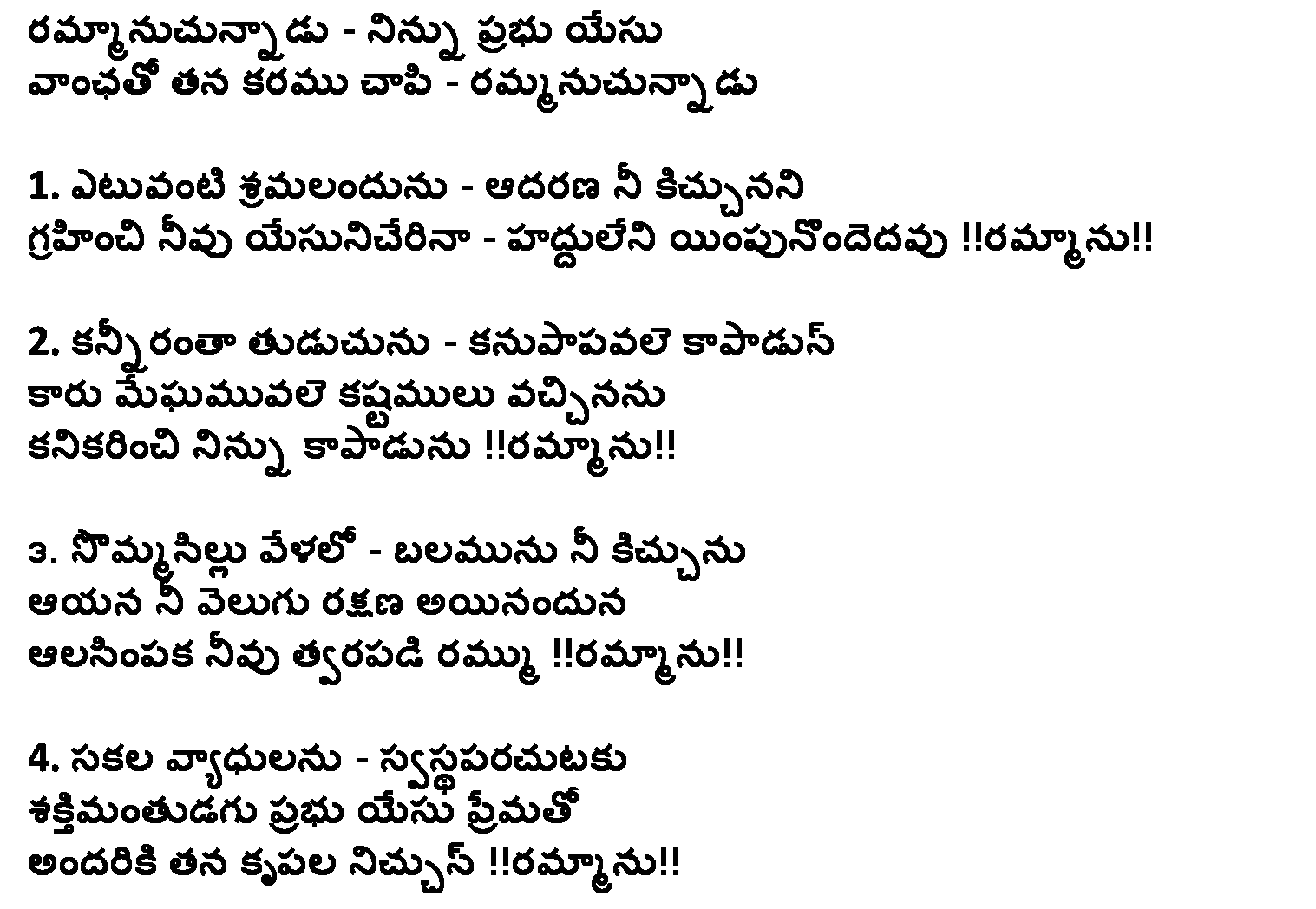
Kannada is a Southern Dravidian language and according to scholar Sanford B.

In July 2011, a center for the study of classical Kannada was established as part of the Central Institute of Indian Languages in Mysore to facilitate research related to the language. īased on the recommendations of the Committee of Linguistic Experts, appointed by the ministry of culture, the government of India designated Kannada a classical language of India. Kannada literature has been presented with 8 Jnanapith awards, the most for any Dravidian language and the second highest for any Indian language. Kannada has an unbroken literary history of over a thousand years. Kannada is attested epigraphically for about one and a half millennia and literary Old Kannada flourished in the 6th-century Ganga dynasty and during the 9th-century Rashtrakuta Dynasty. The Kannada language is written using the Kannada script, which evolved from the 5th-century Kadamba script. It is one of the scheduled languages of India and the official and administrative language of the state of Karnataka. Kannada was the court language of some of the most powerful dynasties of south and central India, namely the Kadambas, Chalukyas, Rashtrakutas, Hoysalas and the Vijayanagara empire.


Kannada is also spoken as a second and third language by over 12.9 million non-native speakers in Karnataka, which adds up to 56.9 million speakers. The language had roughly 43 million native speakers by 2011. The language is also spoken by linguistic minorities in the states of Maharashtra, Andhra Pradesh, Tamil Nadu, Telangana, Kerala and Goa and also by Kannadigas abroad. Kannada ( / ˈ k ɑː n ə d ə, ˈ k æ n-/ ಕನ್ನಡ, less commonly known as Kanarese) is a Dravidian language spoken predominantly by the people of Karnataka in the southwestern region of India.


 0 kommentar(er)
0 kommentar(er)
